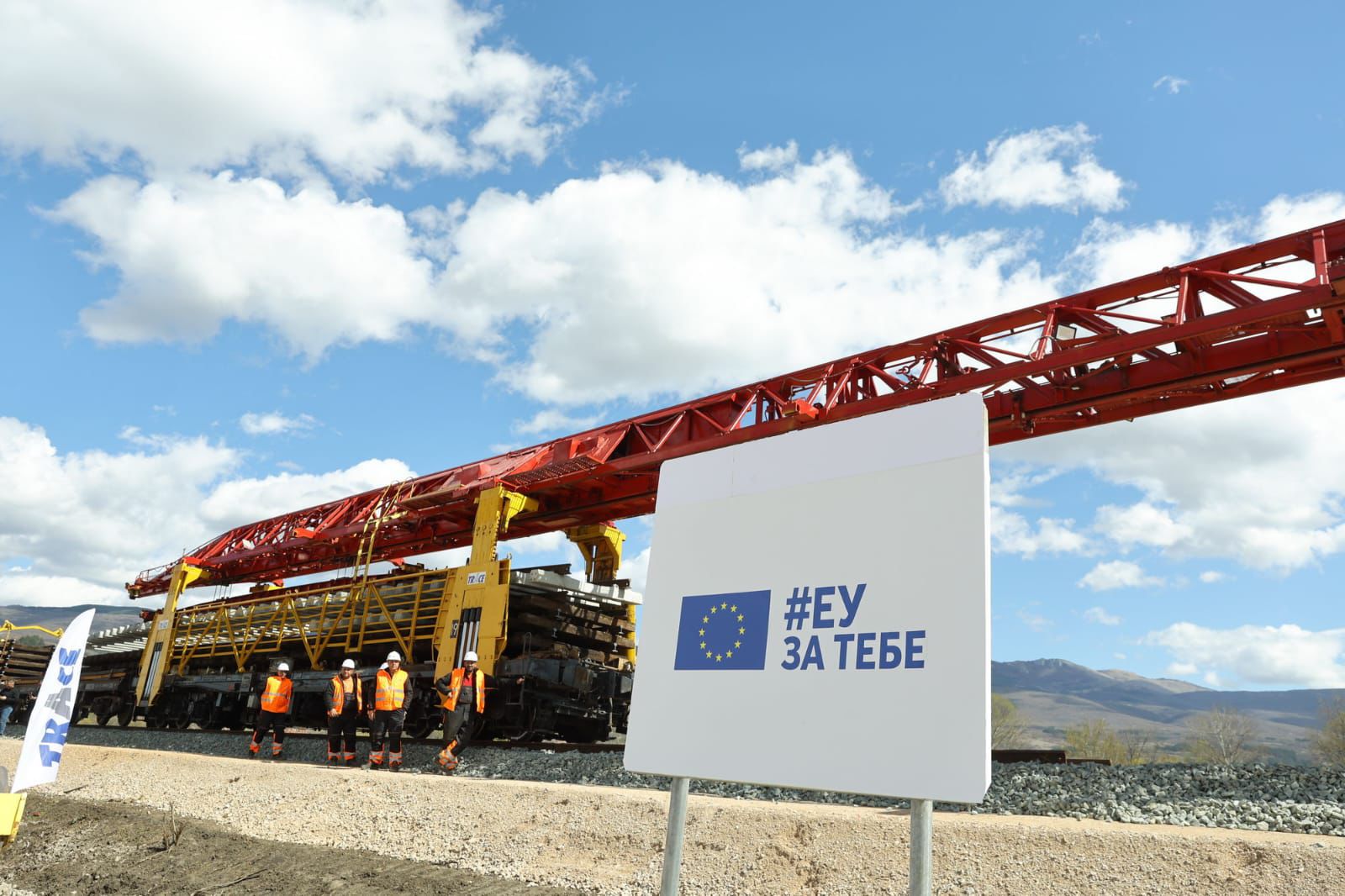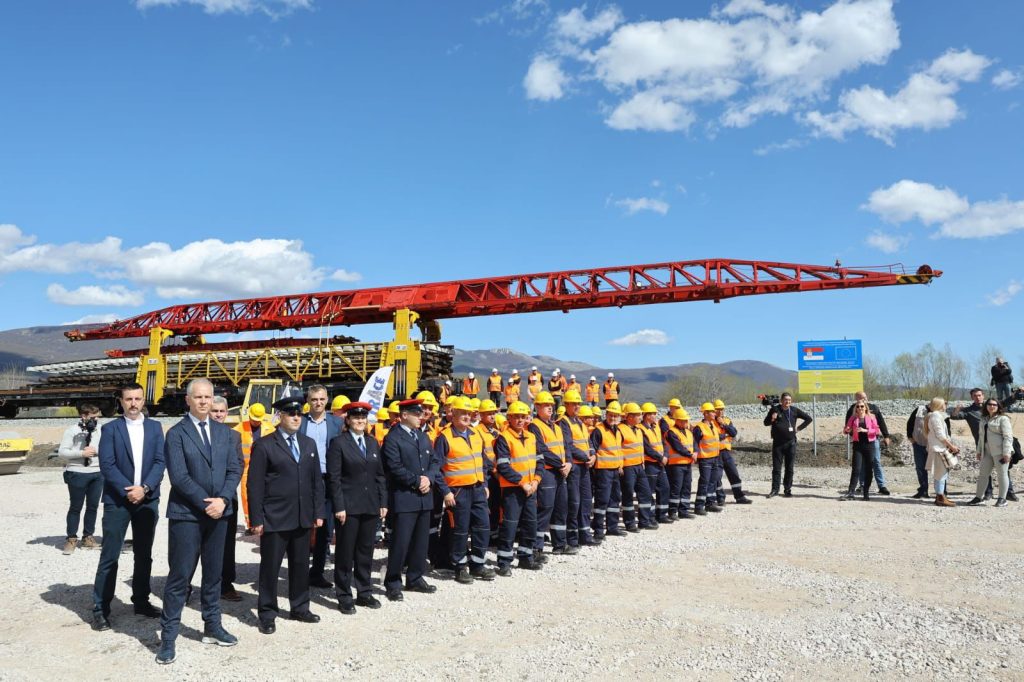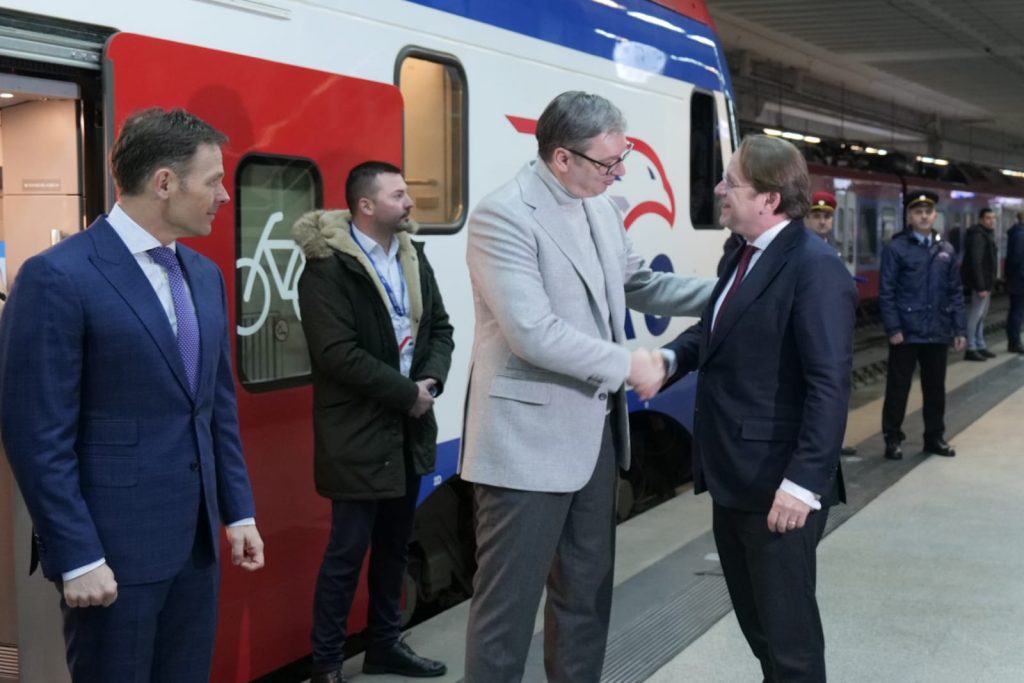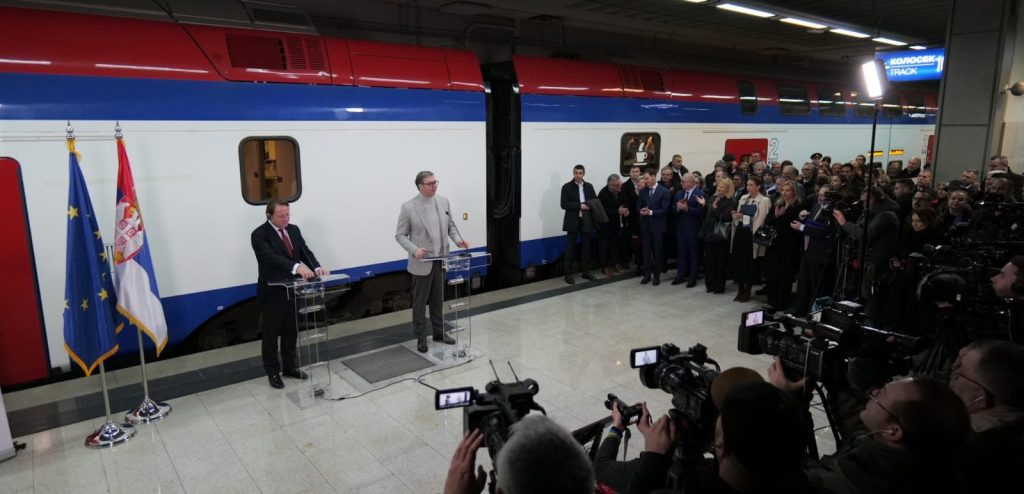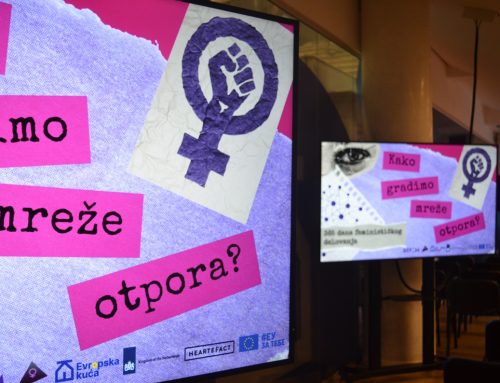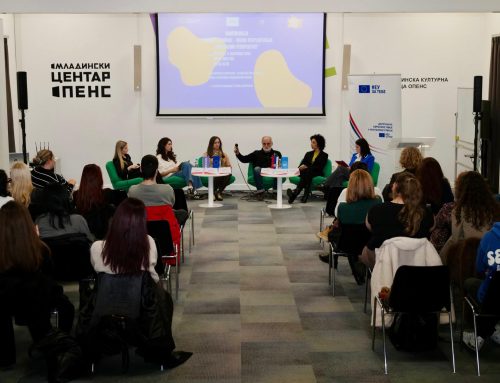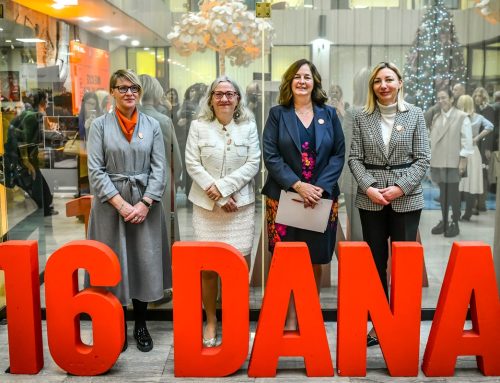The largest EU support grant in history for an individual project in Serbia will bring modernization to the Belgrade-Niš railway, thereby enhancing economic growth, regional connectivity, and integration with the EU.
The roots of Serbian Raiways as a corporation can be traced back to 1881, when Prince Milan I officially founded Serbian State Railways. The first trip from Belgrade to Niš took place on August 23, 1884, which is the official establishment of the company according to Serbian Railways. This railway route is of great importance in Serbia and has been operating for more than 130 years, writes WeBalkans.
During the 1990s, after the collapse of the Socialist Federal Republic of Yugoslavia, the railway system of Serbia faced significant challenges. Infrastructure maintenance was neglected, which led to a steep decline in rail traffic, especially in the transportation of goods. The uncertainties of the 1990s, together with subsequent economic crises, further hindered the necessary maintenance of the railway network in Serbia, especially the important Belgrade-Niš railway.
Anita Dimoski, Acting Assistant Minister for Railways and Intermodal Transport in the Government of the Republic of Serbia, sheds light on the situation. She explains that both the Government and the Railways had a plan for the regular reconstruction of certain tracks every year. However, due to financial crises and the impact of the COVID-19 pandemic, these regular maintenance activities had to be postponed.
“Providing uninterrupted transportation requires significant investments”, Ms. Dimoski points out.
As a result, they were forced to reduce speeds in sections where intervention was not possible, and one such section was the Belgrade-Niš railway.
The cherished vision of uninterrupted rail traffic on this route is finally on the verge of realization. The European Union has committed a significant EUR 2.2 billion as part of EU funding for the Belgrade-Niš railway line. Thanks to this financial support, the train journey between these two Serbian cities will soon take less than two hours, at speeds of up to 200 km/h. Currently, this train ride takes at least six hours, while a car journey takes approximately three hours. Specifically, the European Union will contribute up to EUR 600 million in grants, which is the largest EU grant for a single project in Serbia so far. This comprehensive package also includes a EUR 1.1 billion loan from the European Investment Bank (EIB) and a EUR 550 million loan from the European Bank for Reconstruction and Development (EBRD). The remaining part of the investment will be covered by the Government of the Republic of Serbia.
Olivér Várhelyi, European Commissioner for Neighbourhood and Enlargement, highlighted the importance of this project, stating: “We chose this project because it can change the reality on the ground for the people of Serbia, for the people of southern Serbia, and thus for the entire region.” He said this during the EU funding promotion event held last year in Belgrade.
Once completed, the new railway will have significant benefits, with expected 2.3 million passenger and 9.4 million tonnes of cargo annually. This development will help create new business opportunities and employment prospects. “This section of the railway line is of great importance for Serbia. Beyond the economic and environmental implications, it also has cultural and social significance. Connecting people not only encourages the maintenance of existing friendships, but also the creation of new ones and the nurturing of social relationships”, Ms. Dimoski pointed out.
Anita Dimoski emphasizes the key role of EU support in this project. “Relying solely on our resources would significantly extend the project timeline and place a heavy financial burden on our Government. Owing it to this support, we will be able to finish the project much faster”, confirms Dimoski.
The rehabilitation of the Belgrade-Niš railway line will facilitate fast transportation of cargo and significantly reduce travel time. As rail is a clean mode of transportation, modernizing the rail system also contributes to a cleaner environment.
Projects in the transport sector funded by the EU in Serbia aim to improve transport connectivity, and thus better economic integration within the region and integration of the region with the EU. In addition, the efforts that the EU invests in the transport sector through these projects are largely focused on market opening and the implementation of the EU standards. Projects funded by the EU have significantly contributed to the railway reform process, the introduction of modern and most cost-effective road transport infrastructure maintenance practices.

